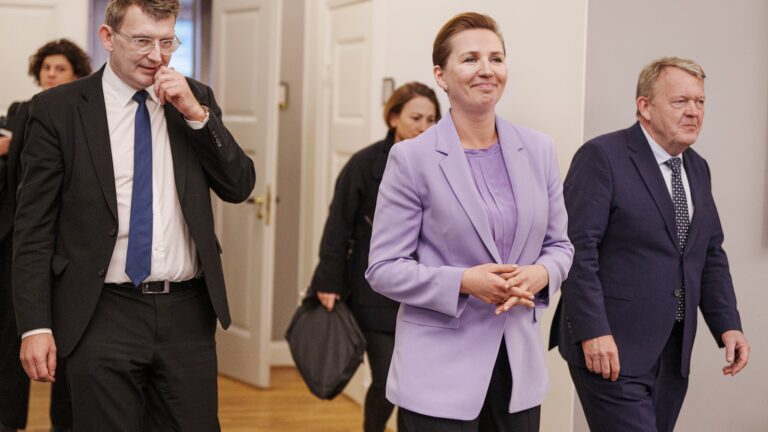Denmark is preparing to raise its official retirement age to 70 by 2040, affecting all citizens born after December 31, 1970. The measure is part of a 2006 welfare agreement (“velfærdsforliget“) designed to link retirement age to life expectancy, increasing the age by one year every five years. However, a growing political divide is now threatening the future of this automatic mechanism.
Social Democrats push back against automatic increases
Prime Minister Mette Frederiksen and the Social Democrats (Socialdemokratiet) have declared that 2025 will be the last time they vote to support an automatic increase in the folkepensionsalder. While acknowledging that living longer might justify working longer, Frederiksen argues that the system lacks social fairness and needs greater balance and flexibility.
“There needs to be more social balance and, frankly, common sense,” Frederiksen stated.
The party has not yet offered a detailed proposal on what will replace the current system after 2040.

Moderates propose generational fairness
Lars Løkke Rasmussen, leader of the Moderates (Moderaterne), believes that older generations like his should work slightly longer so that younger people can retire earlier. He pointed out that his retirement age is 68, while his youngest son could face retiring at 74 under the current rules.
“My generation gets off easier, and that is a problem,” said Rasmussen. He emphasized that personal savings now play a bigger role in when people actually retire, reducing the impact of statutory retirement age.

Venstre calls for a commission to study pension and work life
The Liberal Party (Venstre), represented by political spokesperson Jan E. Jørgensen, has proposed a new labour commission to explore not only retirement but also working life flexibility. Jørgensen cited the example of families wanting to work less while their children are young and return to full-time work later in life.
He expressed cautious interest in the Moderates’ proposal, emphasizing that any reforms should come with “reasonable notice” to the public.
Danish People’s Party demands a retirement age cap
The Danish People’s Party (Dansk Folkeparti) has taken a firmer stance. Party leader Morten Messerschmidt called the current system a “cynical regime” and wants to impose a retirement age ceiling at 70.
“Expecting a carpenter to work until 74 is completely unrealistic,” Messerschmidt said, criticizing the plan as an out-of-touch bureaucratic scheme. He suggests reforms to allow earlier retirement for those in physically demanding jobs while encouraging capable seniors to remain in the workforce longer.
Radikale Venstre emphasizes fiscal responsibility
Samira Nawa from the Social Liberal Party (Radikale Venstre) stressed that economic sustainability is their top priority. While open to reviewing the pension system, she insists that reforms must not jeopardize the country’s ability to invest in green transitions and future generations.
“If we live longer and are healthy, we must contribute more,” she stated, adding that discussions must be grounded in financial viability.

Conservatives advocate for flexibility and reform talks
The Conservatives (Konservative) agree with linking retirement age to life expectancy but call for more flexible withdrawal options. Spokesperson Dina Raabjerg noted the impracticality of expecting physically intensive workers to continue until age 74 and demanded that the government initiate concrete pension reform talks.
Raabjerg found the Moderates’ proposal “interesting” but criticized the lack of data and transparency across parties. “We need something solid from the government to work with,” she said.

What lies ahead for Denmark’s pension model?
The Danish pension debate is likely to intensify as the 2040 milestone approaches. With diverging views on intergenerational fairness, economic realism, and labour market flexibility, the country faces crucial decisions on how to ensure a sustainable and equitable pension system.
As life expectancy continues to rise in Denmark—currently averaging around 82 years according to Eurostat—the question remains: how should a modern welfare state adapt its retirement policies for the decades to come?






